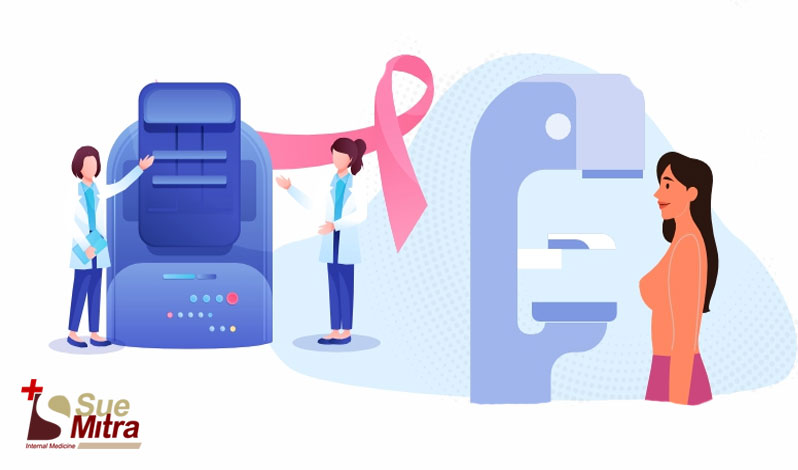
30, Jul 2024
Overview:
Breast cancer screening is a critical measure in the early detection and treatment of breast cancer. The recommendations for screening vary based on factors like age, risk levels, and individual health history.
Here’s a comprehensive overview of who should get screened and when:
1. General Screening Recommendations
Women at Average Risk:
· Ages 40 to 49: Women should have the option to start annual mammograms at age 40. Discussions with healthcare providers are essential to make informed decisions based on personal risks and preferences.
· Ages 50 to 74: Regular mammograms every two years are generally recommended. Annual screenings may be considered depending on individual health factors and family history.
· Ages 75 and Older: Continued screening is recommended for those in good health with a life expectancy of 10 years or more. The decision should be personalized based on overall health and previous screening history.
2. High-Risk Individuals
Individuals at higher risk for breast cancer may require earlier and more frequent screenings. High-risk factors include:
· Family History: A strong family history of breast cancer, particularly in a first-degree relative (mother, sister, or daughter).
· Genetic Mutations: Known BRCA1 or BRCA2 gene mutations or other hereditary cancer syndromes.
· Radiation Therapy: Prior radiation therapy to the chest before age 30.
High-Risk Screening Recommendations:
· Starting Age: Screening may begin as early as age 30.
· Frequency: Annual mammograms are typically recommended, often combined with MRI screenings for more comprehensive evaluation.
3. Screening Modalities
Mammography:
· Digital Mammography: Standard screening tool, recommended for routine use.
· 3D Mammography (Tomosynthesis): Provides more detailed images, beneficial for women with dense breast tissue.
MRI:
· Breast MRI: Recommended for high-risk women, especially those with dense breast tissue or a genetic predisposition.
Ultrasound:
· Breast Ultrasound: Often used as a supplementary tool for further evaluation of abnormalities found in mammograms.
4. Screening Guidelines by Major Organizations
American Cancer Society (ACS):
· Ages 40 to 44: At ages 40 to 44 for women annual mammograms must started.
· Ages 45 to 54: At ages 45 to 54 annual mammograms must recommended.
· Ages 55 and older: Mammograms every two years, or continue annually.
U.S. Preventive Services Task Force (USPSTF):
· Ages 40 to 49: Individual decision to start screening based on personal context.
· Ages 50 to 74: Mammograms every two years.
· 75 and older: Screening decisions should be individualized.
National Comprehensive Cancer Network (NCCN):
· Ages 40 and older: Annual mammograms are recommended.
· High-Risk Women: MRI in addition to mammograms starting at age 30.
5. Special Considerations
Breast Density:
· Women with dense breasts may benefit from additional screening methods like MRI or ultrasound, as dense tissue can make it harder to detect cancer with mammograms alone.
Personal and Family History:
· Women with a personal history of breast cancer or certain non-cancerous breast conditions should consult their healthcare providers for personalized screening schedules.
Genetic Testing:
· Individuals with a family history of breast cancer or genetic predispositions should consider genetic counseling and testing to better understand their risk and screening needs.
Conclusion
Breast cancer screening is a personalized decision that should be made in consultation with healthcare professionals, considering individual risk factors and preferences. For early detection and effective treatment of breast cancer, regular screenings and awareness of personal risk factors are crucial.
Dr. Sue Mitra and her staff strive to offer their patients the best care, advice and services available in the medical field with the goal to keep patient healthy & happy.

Dr. Sue Mitra is board certified in international medicine. She is seen here with a Cologuard, which is a noninvasive colon cancer screening test. (Photo by: Tim Shortt/Florida Today)